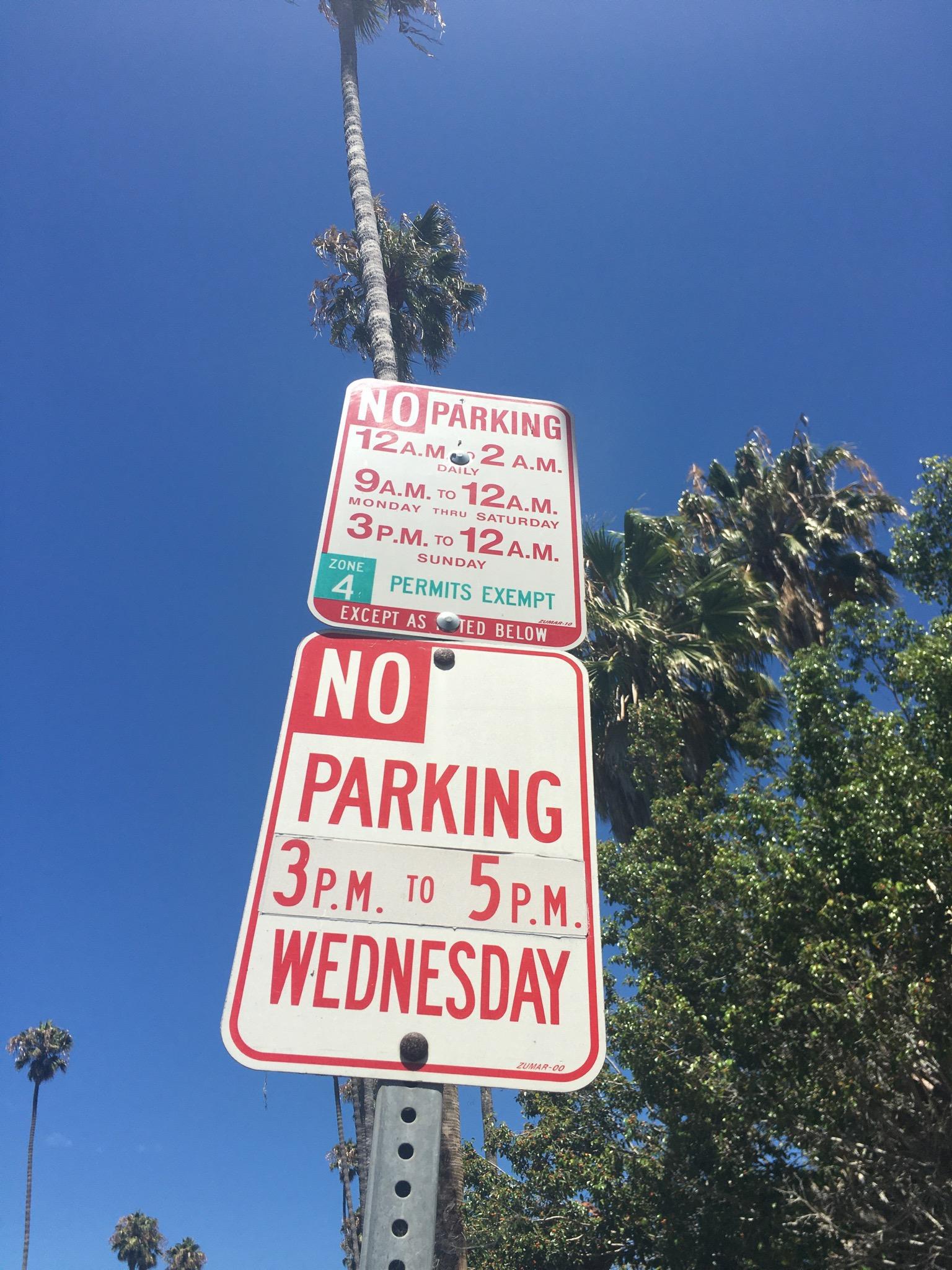The Los Angeles Department of Transportation (LADOT) has begun dismantling one of the city’s most hazardous traffic design features: peak hour lanes that temporarily convert curbside parking into extra vehicle lanes during rush hour. Research from the UCLA Institute of Transportation Studies has found that these lanes are statistically more dangerous than comparable streets without them, with higher rates of crashes and fatalities throughout the day. LADOT’s own review concluded that 86 percent of the city’s peak hour lanes are located on the High-Injury Network, where the risk of severe or fatal collisions is greatest.
From a safety perspective, their removal is an important step. Restoring the curb to parking can slow vehicle speeds, reduce erratic lane changes, and make street conditions more predictable. However, the approach LADOT is taking in its first phase of implementation falls short of the broader vision adopted by the City Council in Council File 22-1465, which called for replacing peak hour lanes with facilities that support multimodal transportation.
The initial rollout will convert 18 lane-miles of peak hour lanes on lower-volume corridors, such as sections of Melrose Avenue, Washington Boulevard, Crenshaw Boulevard, and Alvarado Street, into full-time parking. No bike lanes, bus lanes, or pedestrian improvements are being added, even though several of these streets are already designated in the city’s Mobility Plan for protected bikeways or transit priority lanes. Some segments are adjacent to Metro stations where safe and direct first- and last-mile connections are essential.
LADOT has described the change as “people-centered” and an improvement to “accessibility.” In practice, it simply replaces moving cars with parked cars while leaving other transportation needs unaddressed. Advocates argue that if the department were serious about accessibility, it would be prioritizing infrastructure for bus riders, cyclists, and pedestrians, rather than focusing solely on curbside parking.
The agency’s November 2024 recommendations outline a more ambitious path for future phases. Corridors with higher traffic volumes and planned bike or bus lanes will require restriping, which will trigger Measure HLA’s requirement to install the active transportation and transit facilities already approved in the city’s plans. Those projects will be the real test of whether LADOT is willing to deliver on Los Angeles’ stated goals for safety, climate action, and multimodal mobility.
The removal of peak hour lanes presents a rare opportunity to reclaim public space and invest in infrastructure that makes transit faster, biking safer, and walking more comfortable. Converting dangerous rush hour lanes into permanent bus lanes could improve travel times and reliability for thousands of riders. Adding protected bike lanes could enhance safety for all road users.
LADOT’s own data and the UCLA research leave no doubt that peak hour lanes are inherently dangerous and disproportionately located on the city’s most hazardous streets. Framing the restoration of parking as “people-centered” without taking the opportunity to add safe, connected bike routes or faster, more reliable bus service undermines the very safety and accessibility goals the agency claims to advance.

